These are my top picks for veggies and fruits to grow at home, from tomatoes to greens. Growing your own edibles gives you veggies and fruits that taste so delicious. Whether you have a large area, or a small plot, you too can grow your own favorites.
Strawberries
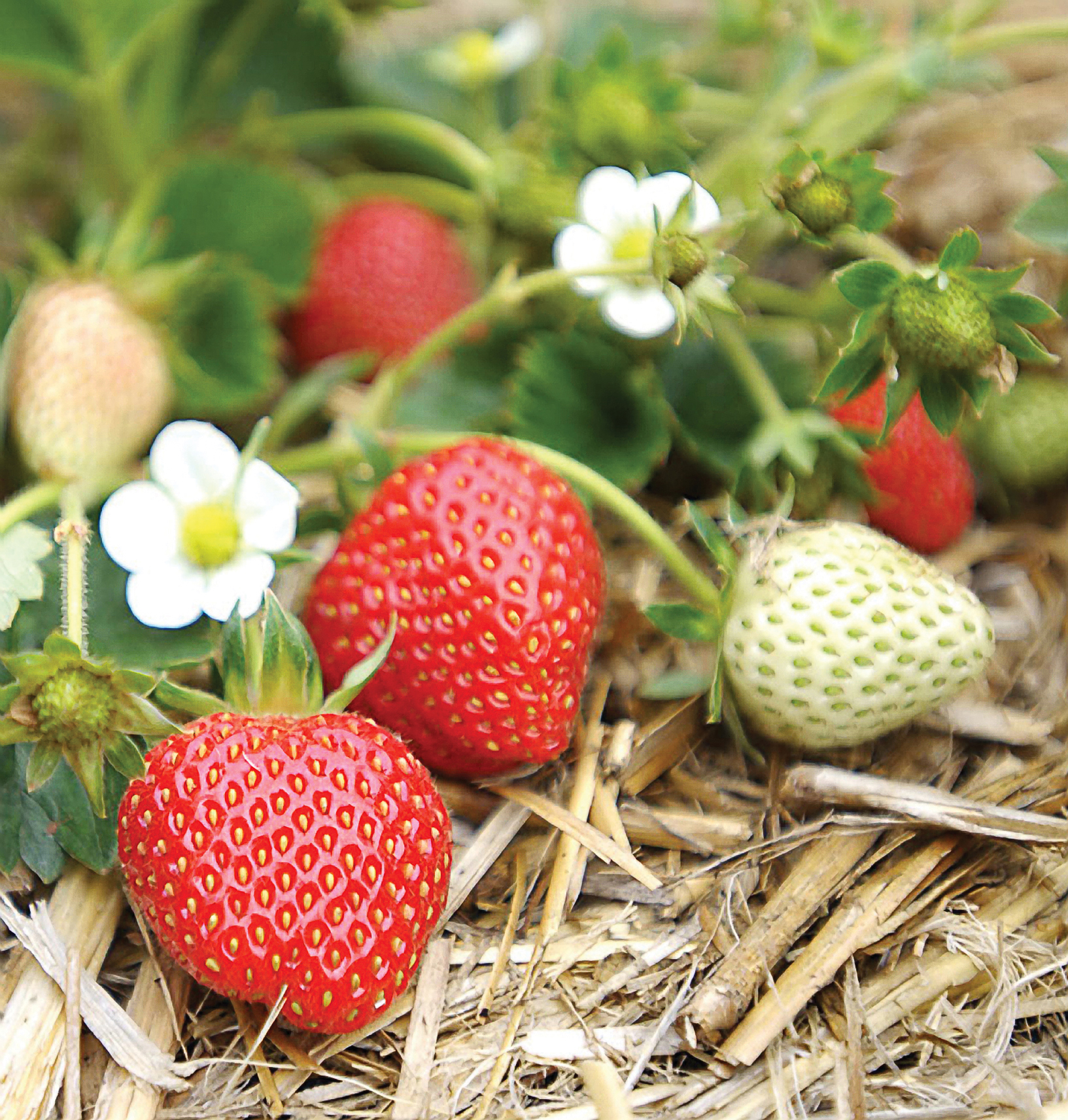
Few things taste sweeter than a plump, sun-warmed strawberry picked at peak of ripeness; it’s dessert right off the plant.
If there was ever a fruit to grow yourself, this is it; most commercial varieties are subjected to too many pesticides. ‘Quinault’ is a flavorful everbearing variety, but i also love ‘Sequoia’ (a June-bearing variety, one of the tastiest around) and ‘Seascape’, tasty fresh and in jams. Zones A1-A3, 1-9, 14-24, H1, H2.
Standard strawberries yield 5 to 10 quarts of berries per 10 ft. of matted row
Cucumbers
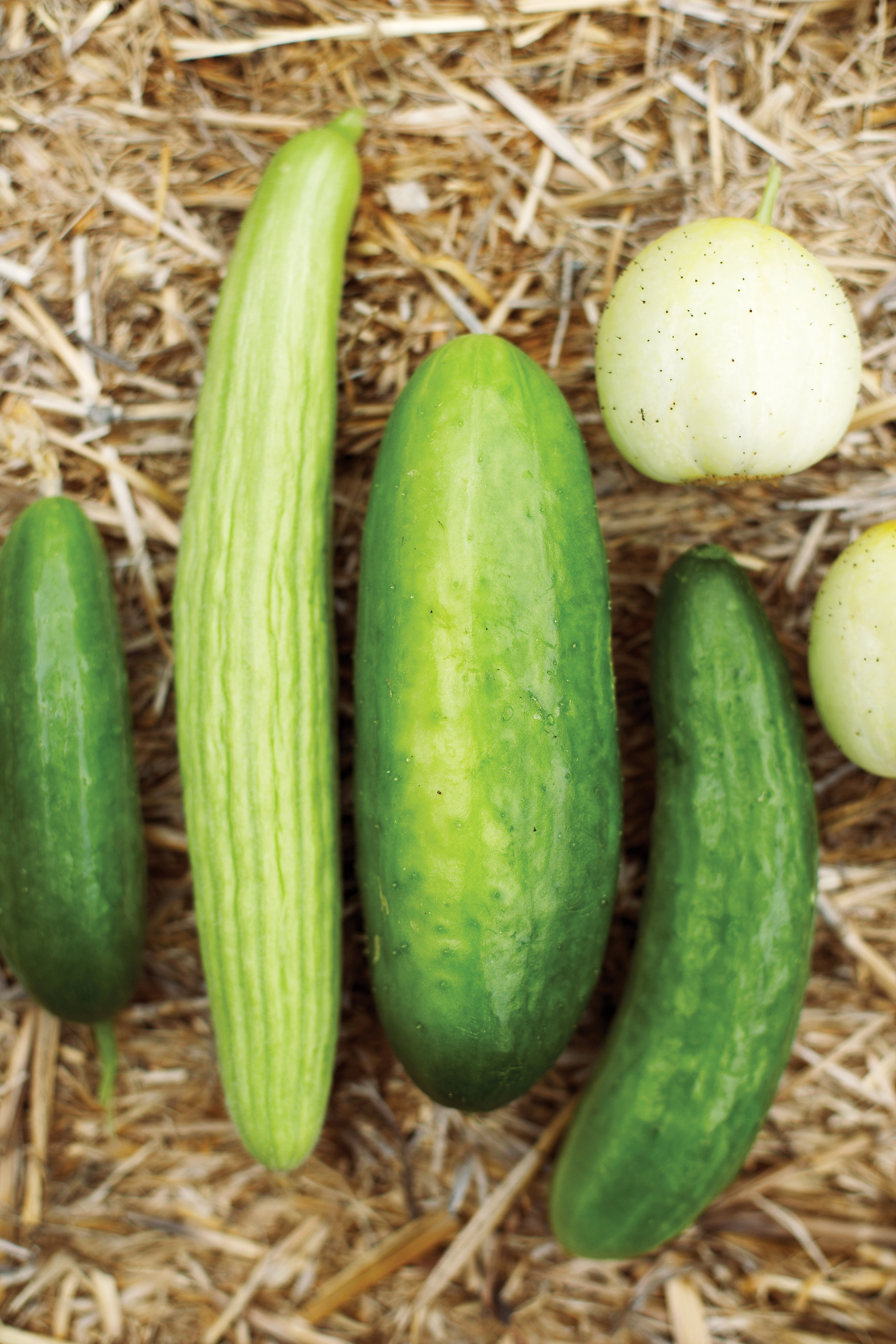
Warm-season crop
Make room for at least one cuke in your summer garden and you won’t regret it; think of all those ways to serve the fruits―as appetizers (sliced and topped with deviled eggs), in salads, and cold soups.
Vining types ramble to 25 feet or so (or choose a bush type). We love the round, yellow, mild- flavored Lemon cuke, and the long, pale green Armenian cukes. All zones.
Plant 5-6 seeds in hills 6-8 inches high and 3-6 ft. apart. Thin to the 2 strongest plants.
Eggplants
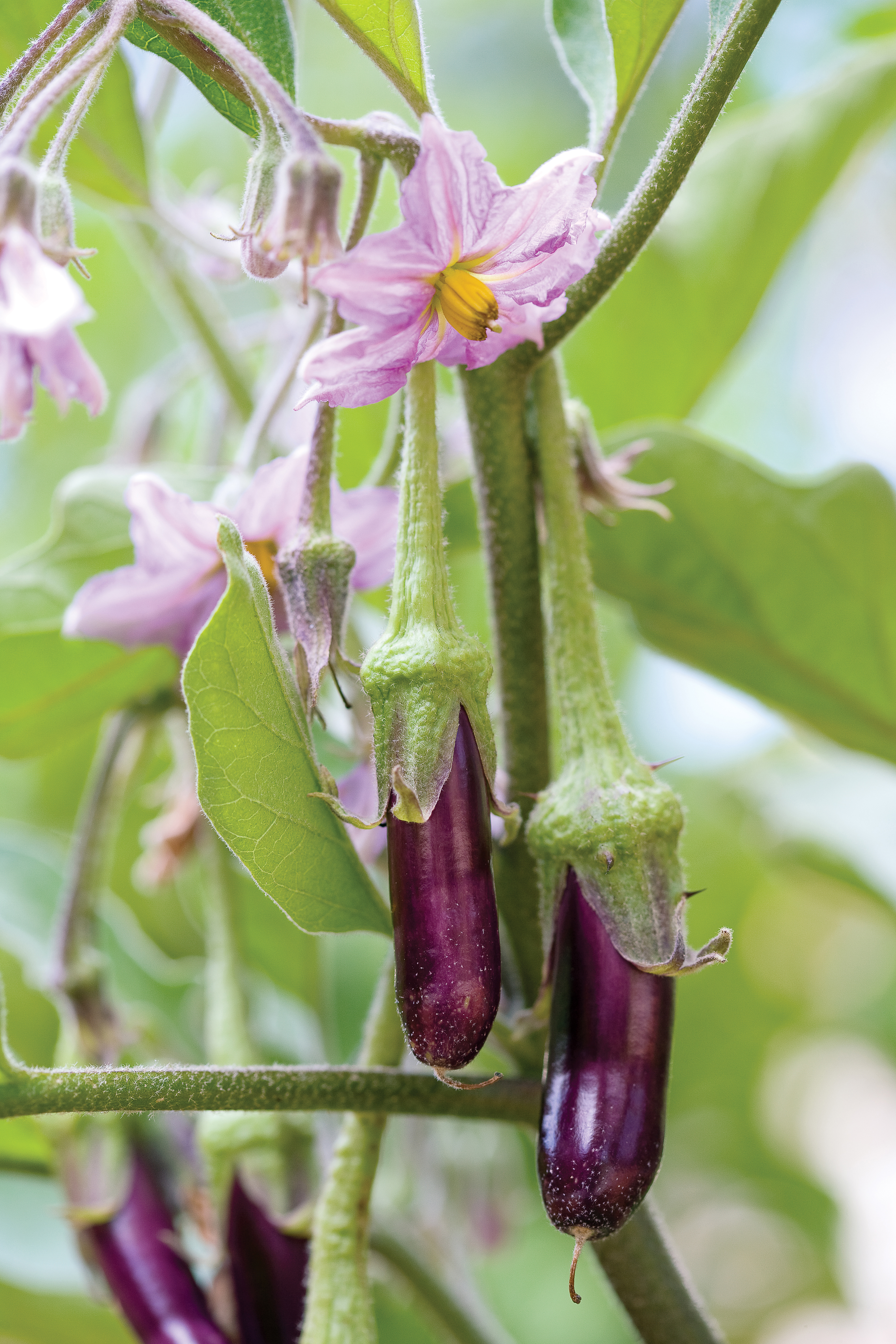
Warm-season crop
The large, deep purple fruits of ‘Black Beauty’ and small, slender ‘Hansel’ are stunners. Both are delicious grilled in olive oil, or paired with ripe tomatoes in Eggplant Parmigiana.
To produce a crop, plants need 2 to 3 months of warm days and nights. A well-spaced row of these eggplants makes an ornamental border. zones 1-24, H1, H2.
Start from nursery-grown plants; they’re much easier than seeds.
Muskmelon
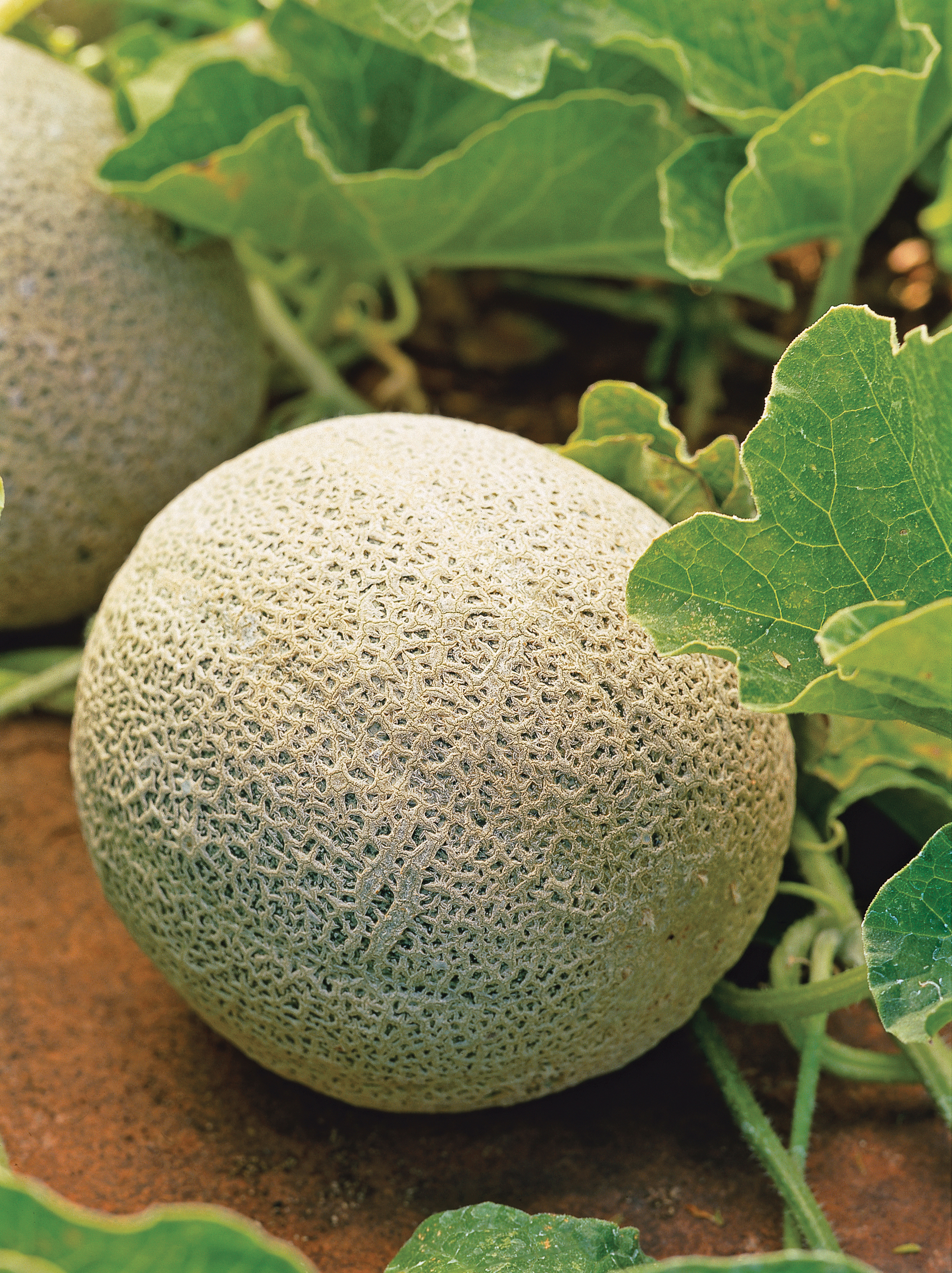
Warm-season crop
Cantaloupes taste so sweet and juicy when fully ripe, they’re worth the long wait―4 months of steady heat― to harvest. We love ‘Ambrosia’ for its fragrant, extra-sweet flesh. But ‘Lil’ Loupe’ fruits are smaller beauties, each not much bigger than a baseball. Zones 2-24.
Compact early cantaloupes thrive in containers at least 18 inches wide and deep; a half wine barrel works well. Let vines ramble over the edges, or trellis them.
Peppers
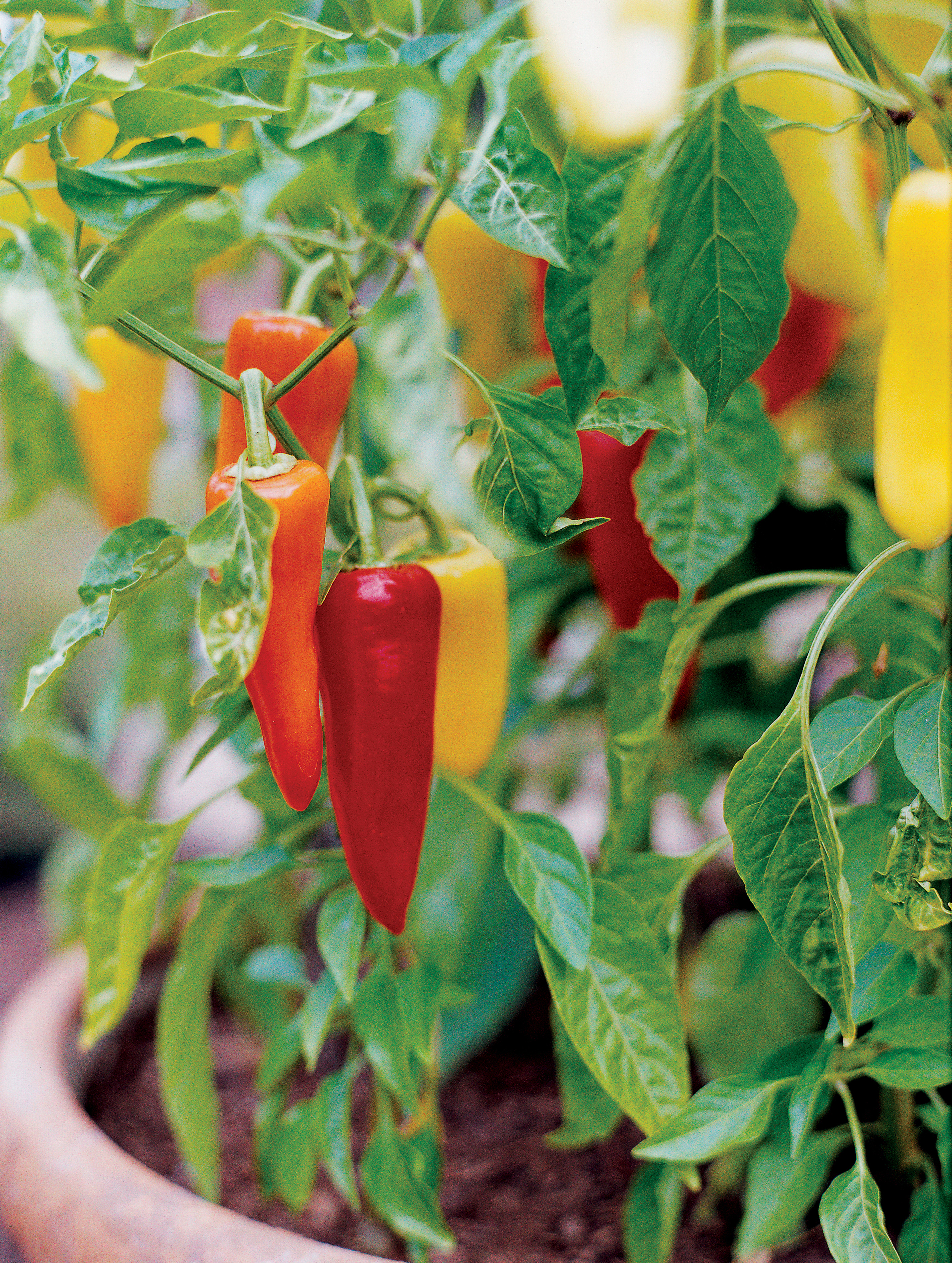
Warm-season crop
You can plant mildly spicy ‘Mariachi’ peppers in large pots and quickly deemed them keepers on our “grow ‘em every summer” list.
Their fruits are elegant: long, and tapered, often in shades of yellow, red, and orange on the same plant. Flavor is mildly hot and spicy. Sun; all zones.
In regions with cool or short seasons, extend growing time by using floating row covers and clear plastic mulches.
Slicing tomatoes
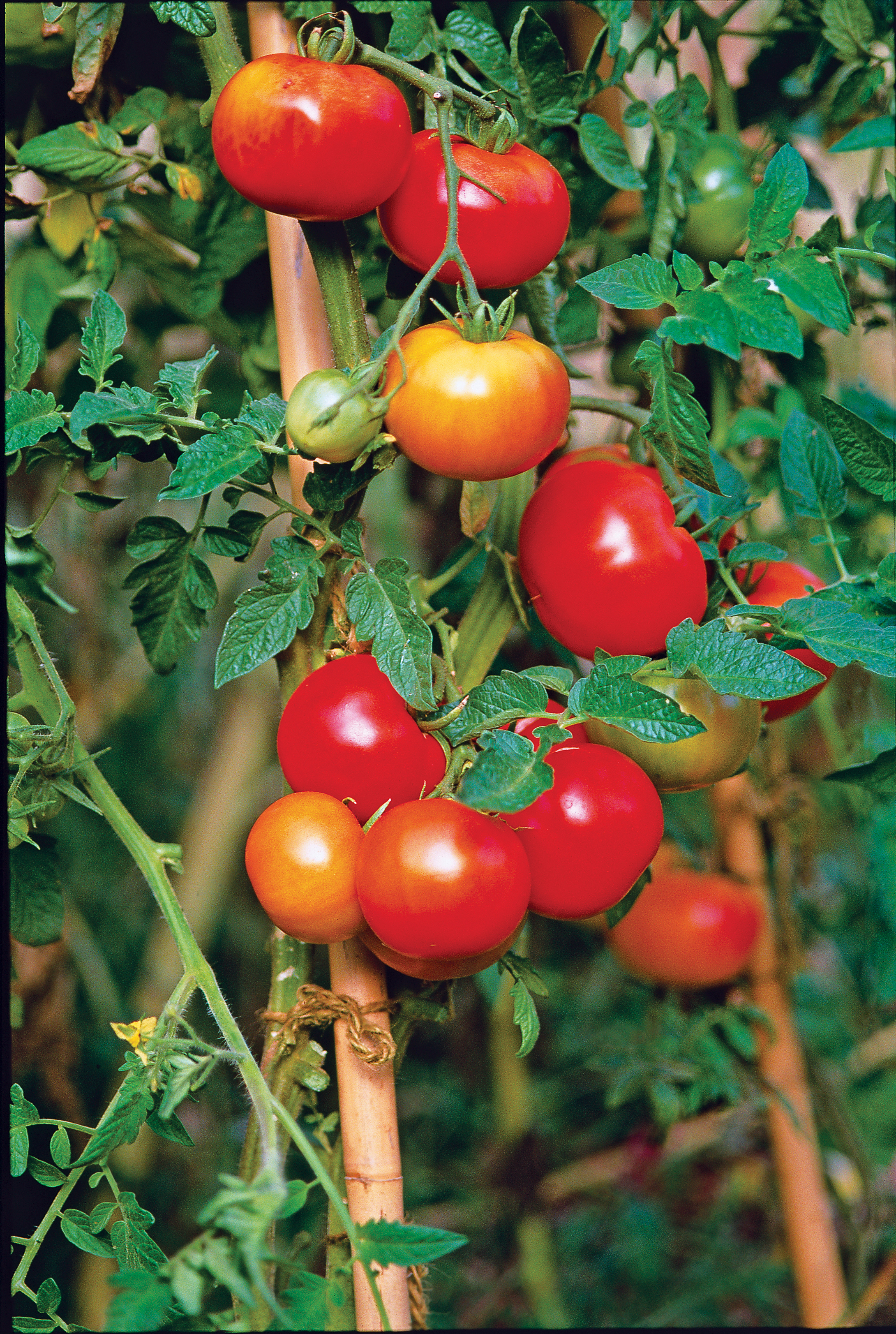
Cherry tomatoes
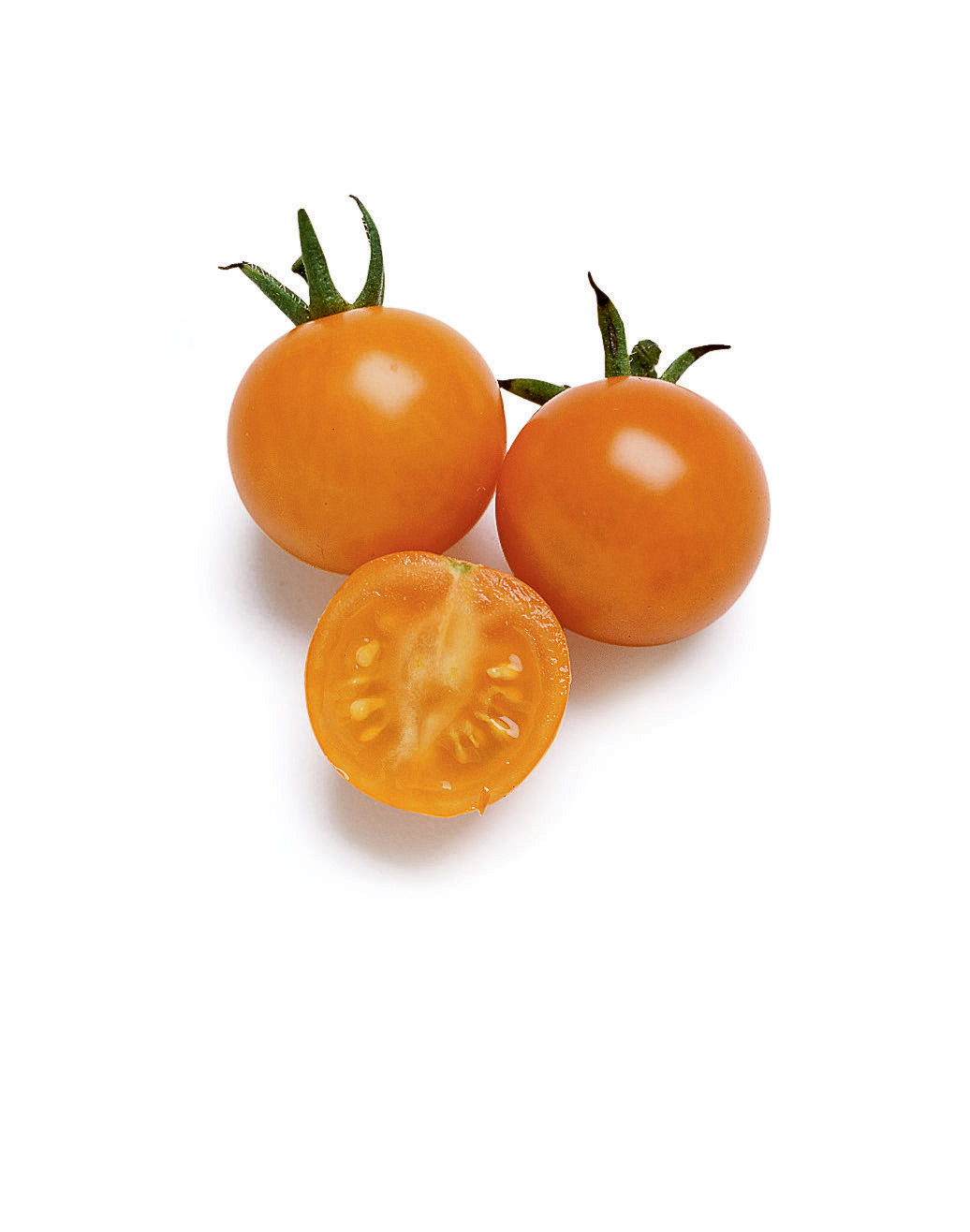
‘Sun Gold’ cherry tomatoes are pure candy for tomato-lovers; their 1-inch golden-red fruits, which hang in clusters on vining plants, have unsurpassed sweetness.
Pop the ripe fruits in your mouth fresh off the plant. All zones.
Make planting holes extra deep, then carefully pinch of the lowest 2 sets of leaves. Set in seedlings so that the lowest remaining leaves are just above soil level. Roots will form on the buried stems.
Watermelon
Warm-season crop
What’s a summer picnic outdoors without watermelon? And we don’t mean just any watermelon, but the cute, ‘PureHeart Seedless’ variety whose round fruits are mini or personal- sized. Vining plants need room to sprawl, though. Zones 1-24, H1, H2.
To save ground space, grow small melons on sun-bathed trellises; support the heavy fruit in individual cloth slings.
Zucchini
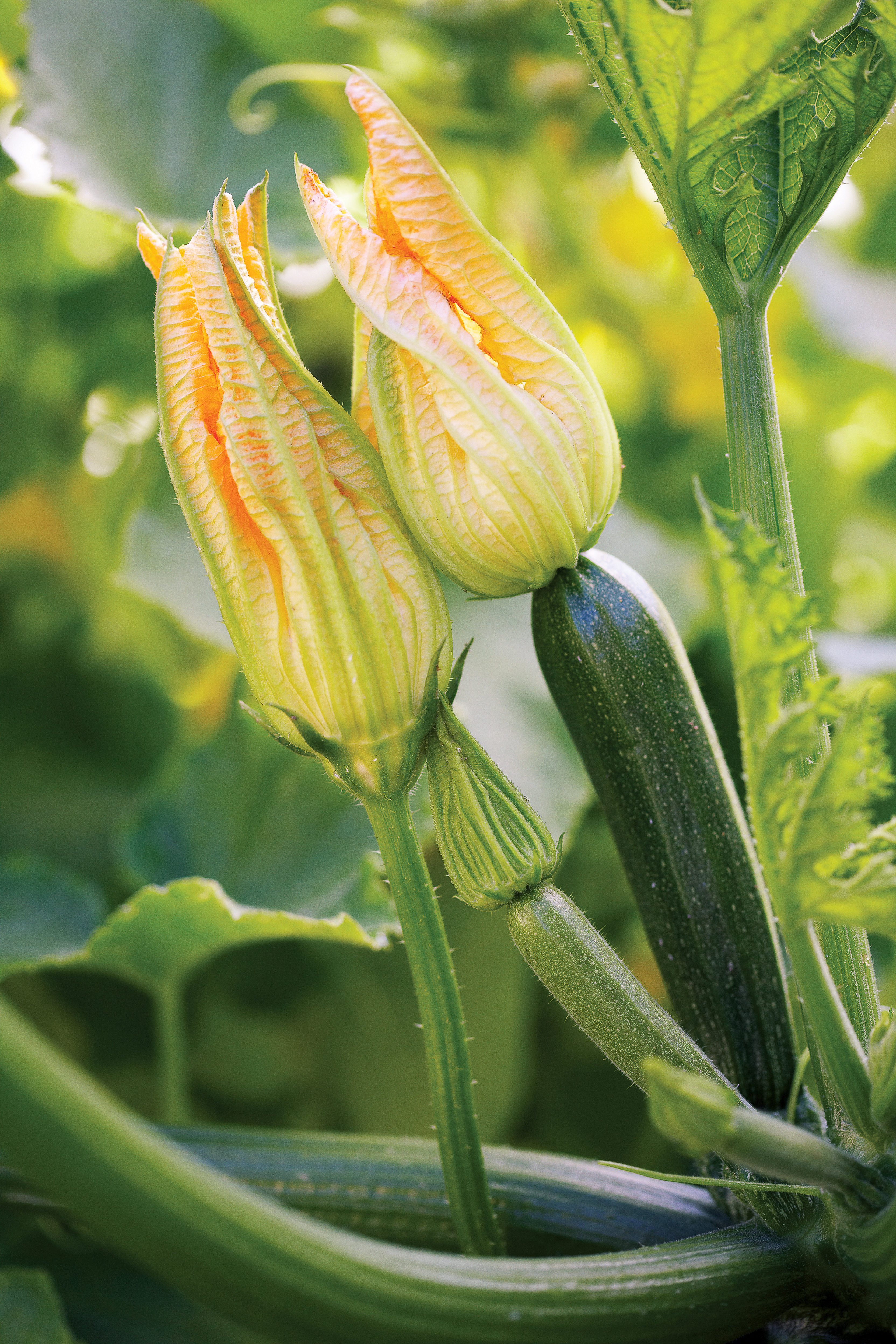
Warm-season crop
All it takes is one or two zucchini plants to deliver a bumper crop, but, yes, they’re worth the effort.
Plants are easy to grow, and you can eat both the fruits and blossoms. We’re partial to yellow types such as ‘Gold Rush’ (territorial seed.com), which bears golden yellow zukes with white flesh on compact plants. All zones.
Basil
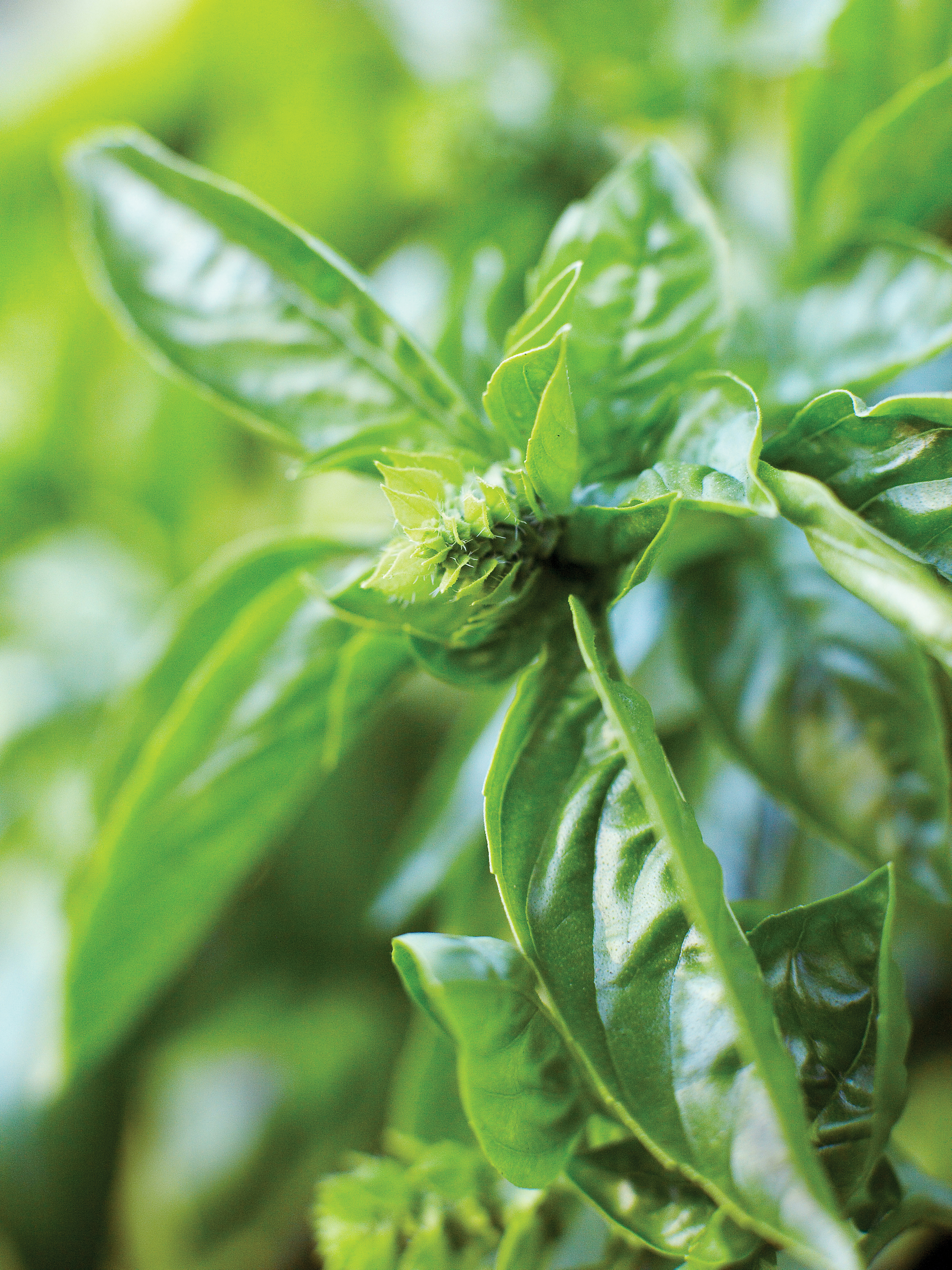
Warm-season herb
If you only have room to grow one basil plant, make it ‘Genovese’; this variety is the best for making pesto and bruschetta, dropping into tomato salads and more.
Glossy green leaves make showy garnishes, too. The plant thrives in pots, and makes a pretty edging in herb beds. All zones as an annual; zones 13-17, 19, 23, and 24 as a perennial.
Leaf production stops when flowers come into bloom, so pinch out flower spikes as they form.
Mint
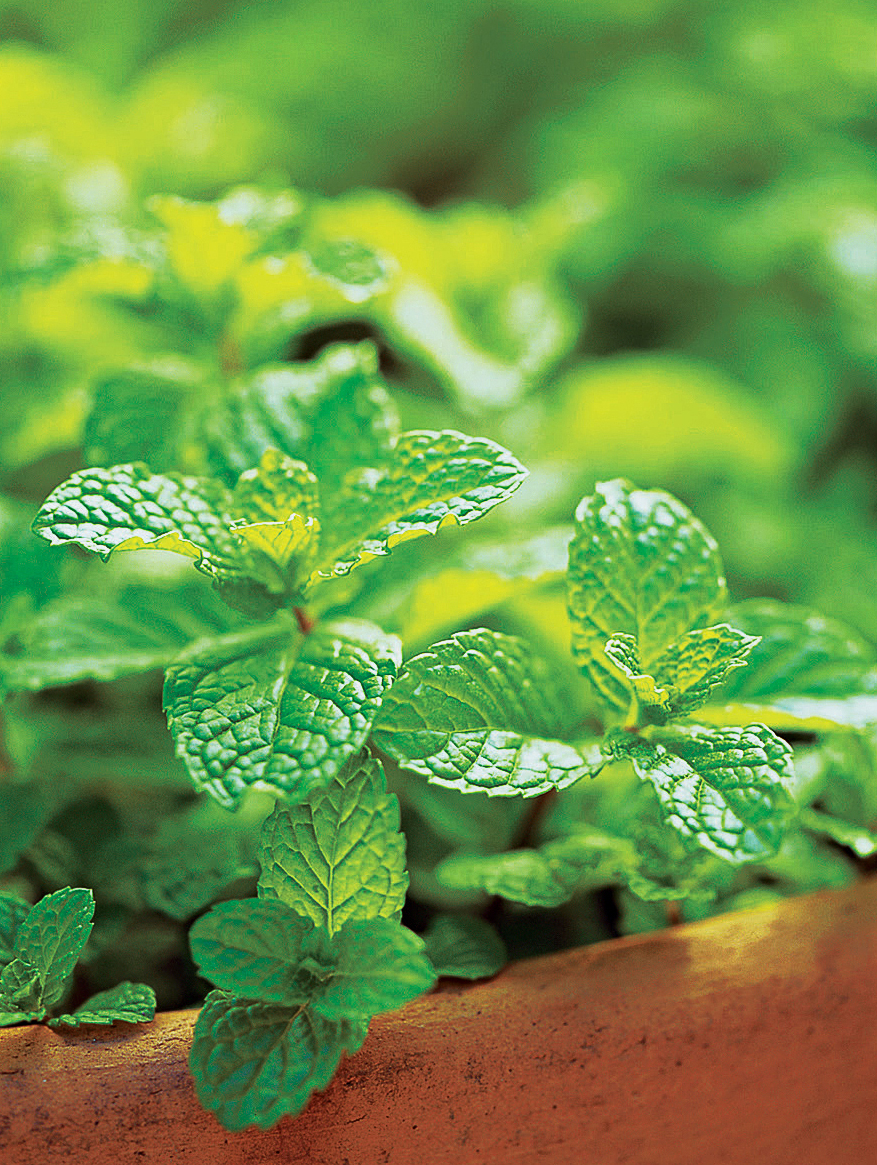
Warm-season herb
Of all the mint we grow, two are hands down favorites. Chocolate mint, because its leaves recall the scent and taste of a peppermint patty. And spearmints (pictured), whose quilted, dark green leaves add freshness to cold drinks and jellies; ‘Kentucky Colonel’ is the best in mojitos.
Tricolor Sage
Leaves of this shrubby perennial are flavorful and aromatic. But what we love most is their gray green leaves with creamy white borders; new foliage is flushed with purplish pink. It makes a pretty edging for eggplants. Zones 2-24, H1, H2.
Plant from nursery containers with the base of the plant slightly above the ground’s surface.
Blueberries
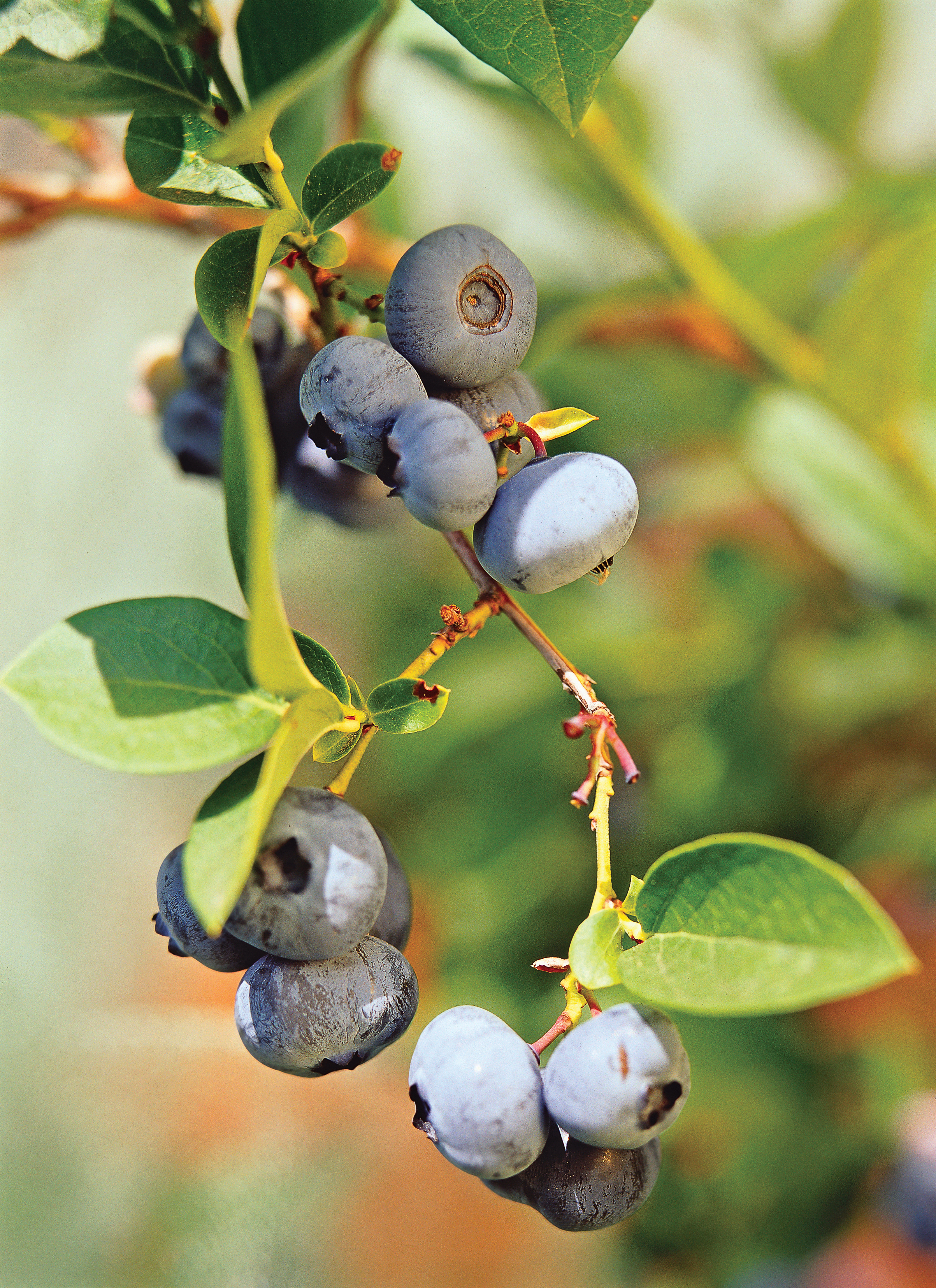
Love the Northern Highbush types such as ‘Bluecrop’; the shrubs grow to 6 feet tall and need winter chill to bear fruit. But their large blueberries have a delicious sweet-tart flavor, and they’re high in antioxidants.
In mild climates, try a Southern Highbush type such as ‘Sharpblue’. (Sunset climate zones 2-9, 14-17), or Rabbiteye blueberries (zones 8, 9, 14-24 ).
Blueberries have fine roots near the surface. Avoid cultivating the soil around them, and apply a 3- to 4-in. thick layer of mulch to conserve moisture.
Lemon
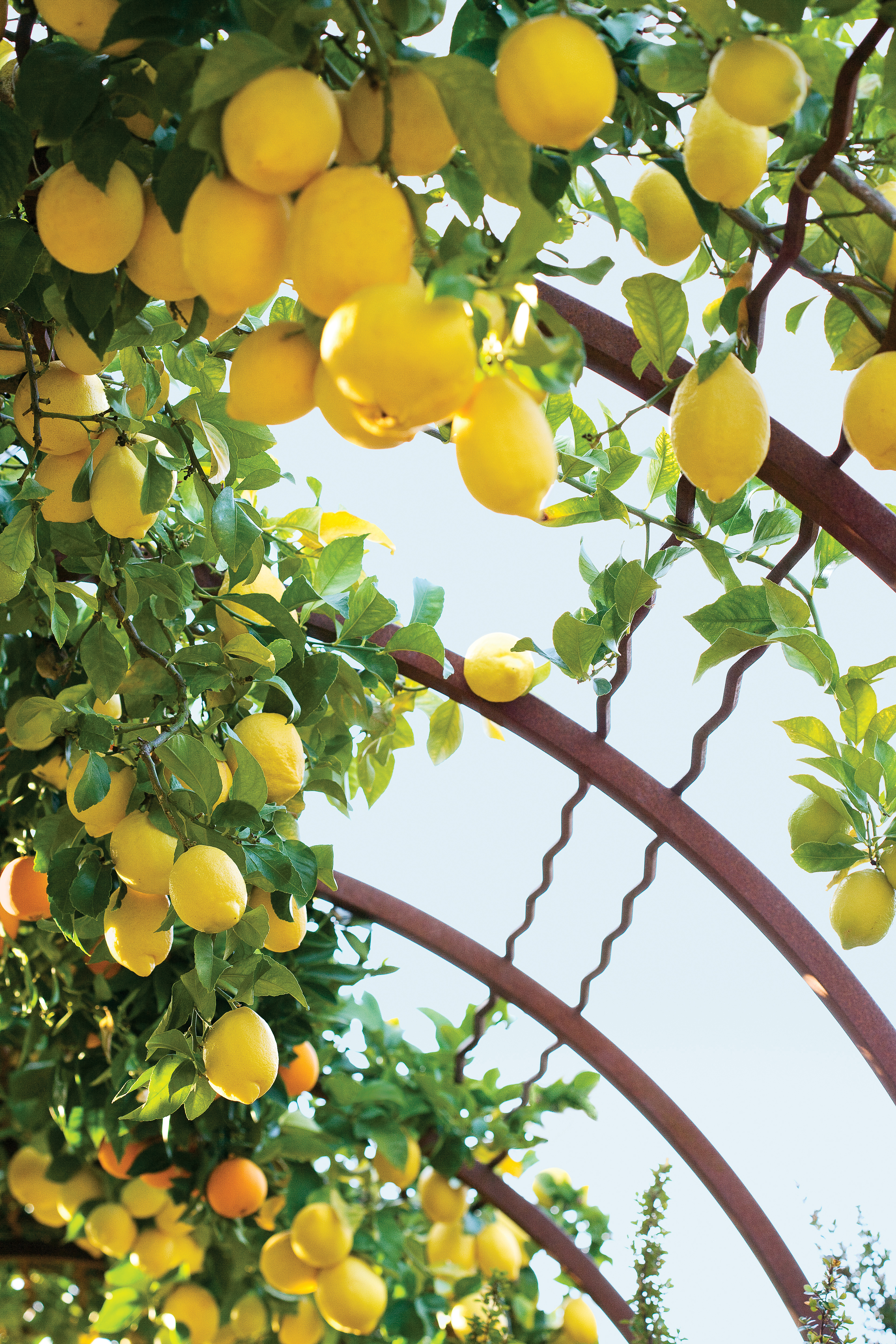
‘Eureka’ is aptly named; this lemon tree rarely without gorgeous yellow fruits in the right climates; it literally bears all year.
The standard market variety, it grows 20 feet tall. As a dwarf, it’s a dense tree with large dark leaves. Zones 8,9,12-24, H1, H2.
Fruits ripen only on the tree. Judge ripeness by taste, not rind color. (Many varieties may turn yellow before they are ripe.)
Leaf lettuce
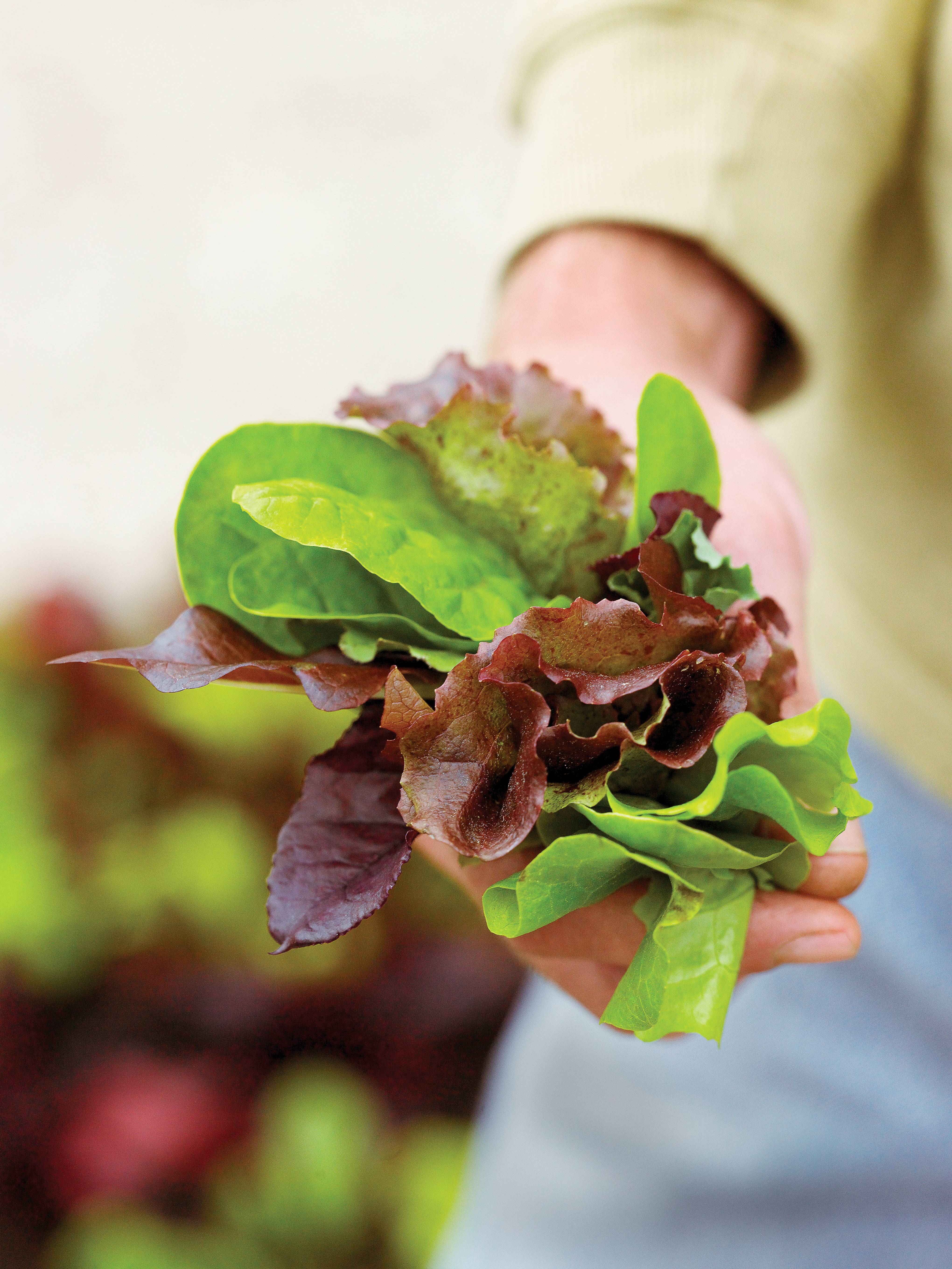
All leaf lettuces (ones that grow in loose rosettes rather than heads) are great in salads, but ‘Oak Leaf’, ‘Red Deer Tongue’, and ‘Red Sails’ are especially pretty when tossed together. Fresh cut as baby greens, they’re sweet and tender.
Plant in sun; part shade in hottest climates; all climate zones.
Nursery starts often have 2 or 3 plants to a cell. Tease them apart and plant separately for a bigger crop.
In warm regions, plant cool season crops from late summer to early fall for harvest in late fall, winter, or early spring.
FOR COOLER CLIMATES WHY NOT TRY:
In coldest regions where cool summers are the norm (Alaska, for example), plant cool season crops in May or June for summer harvest.
- Arugula (rocket)
- Beets
- Broccoli
- Brussels sprouts
- Cabbage
- Collards
- Carrots
- Cauliflower
- Celery (mild winter climates)
- Chard
- Fennel
- Kale
- Kohlrabi
- Lettuce
- Mizuna
- Mustard greens
- Onions (bulbing)
- Onions (bunching–standard onions harvested before they form bulbs).
- Pak choi (Bok choy)
- Peas
- Potatoes
- Radishes
- Spinach
- Coriander (cilantro)
Remember to enter my monthly giveaway:


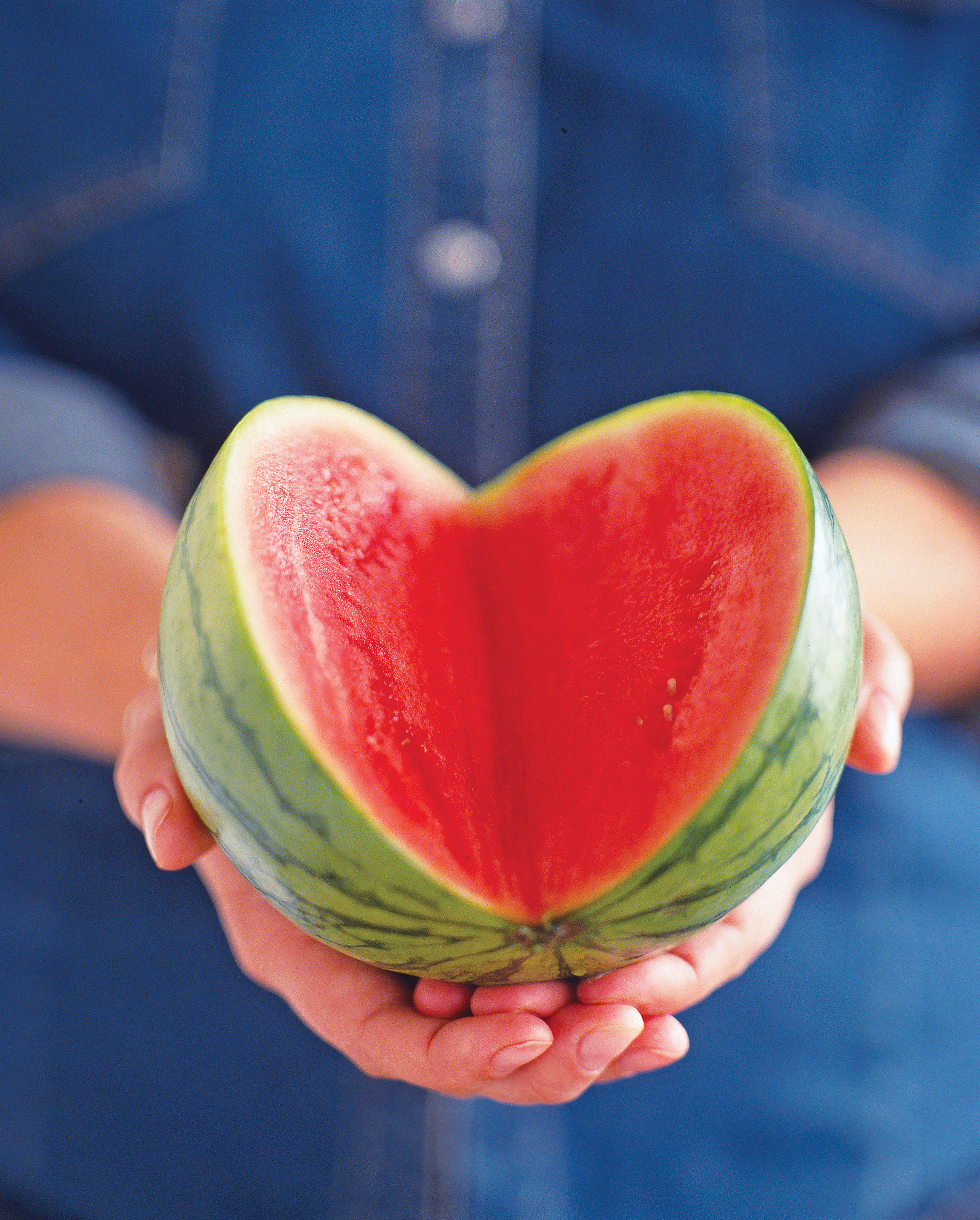

Awesome presentation and yes so good to see these wonderful nature at its best, Kelley. Great post.
LikeLiked by 2 people
Thank you so very much, such a compliment ‘)
LikeLiked by 1 person
Welcome Kelley.
LikeLiked by 1 person
😉
LikeLike
I love reading your posts! You put them together so well! This one is beautiful!💗
LikeLiked by 1 person
You are so sweet Lana….thank you so much for your kind words…they inspire me!
LikeLiked by 1 person
Your very welcome! ☀️
LikeLiked by 1 person
🤗
LikeLiked by 1 person
One disadvantage to a mild climate is that we lack heat necessary for watermelons and cantaloupes to do very well here. They grow, but do not do as well as they do in warmer climates. Eggplants do a bit better, but are not very productive. Conversely, blueberry does not do very well because of the mild winter chill.
LikeLiked by 2 people
That is a bummer but….I added some cool climate plantings to the post. I would love to plant blueberries, but my climate is too warm.
LikeLiked by 2 people
Blueberries present a similar but opposite problem here; like the melons that get insufficient warmth in summer, blueberries get insufficient chill in winter.
LikeLiked by 1 person
I wish I could grow blueberries!! I would save a fortune!
LikeLiked by 1 person
I still do not understand the allure; but I have never had them fresh either. I found a few thimbleberries just today, and they were quite good. They were no better than relates raspberries, but that is about what I expected. They grow wild, but are not productive. I found only about five berries while walking by about twenty feet of thicket. I will probably plant some in my garden, just because they can grow wild, and because I do happen to have a few in cans.
LikeLiked by 1 person
tony, you know just about every fruit and veggie taste best fresh, you can tell the difference. A few years ago when I first grew garlic, I was amazed at the difference in flavor, and it was coming from the parent!
LikeLiked by 1 person
The exceptions are the fruits that must blet, such as the keeper pears (which I do not grow) and quince. My quince fruit lasts all winter, and improves with age. By the time the weather gets warm in spring, it gets starchy, but that takes months. I did not have a cellar where I lived in town (which is common for homes in California), so I kept them on the concrete floor in the garage.
LikeLiked by 1 person
Where are you again….up northern Ca right?
LikeLiked by 1 person
Yes. I am from Los Gatos, but am now on the ‘outside’ slope of the Santa Cruz Mountains. It is not very far away, but is a different climate.
LikeLiked by 2 people
So beautiful up north. I am planning a drive up the coast this summer…with doggies…should be fun!!
LikeLiked by 2 people
What ?
LikeLike
What ?
LikeLike
What ?
LikeLike
What ?
LikeLike
What do you grow Tony?
LikeLiked by 1 person
Well, I do not grow things that need too much warmth or too much chill. I grow several fig trees and a quince tree that are copies of trees that I grew up with. There are also the native elderberries. I used to grow the same varieties of apricots (2), prune, cherry, walnut and almond that grew in local orchards a long time ago, as well as a plum, peach, nectarine and others that grew in home gardens. I intend to grow them again, as well as grapes, cane berries, mulberries, chestnuts, and really just about anything that makes fruit. I have been growing the same rhubarb since before I was in kindergarten. At the farm, there are about nine varieties of apple that remain from the orchard that was there a very long time ago. I grew citrus trees back in the early 1990s, so intend to add a few varieties of citrus as well. Sorry to get carried away. I am a native of the Santa Clara Valley; we tend to do that in regard to fruit and nuts.
LikeLiked by 1 person
Oh wow! All those yummy fruits , and citrus!!! I was speaking to a friend tonight, we were talking about family and memories. His mom is turning 100 years young! Can you imagine the wonderful memories and that’s when I read your comment.. You must have some wonderful memories.
what kind of fig trees?
LikeLiked by 1 person
My great grandmother was almost a century old when she passed away. She could remember when Sunnyvale was a small town, and San Jose was not much bigger. (San Jose is not an old city like San Francisco is.) She could remember much more of the orchards than I can remember. They were mostly gone by my time.
The fig trees do not have names, although I do happen to grow the common ‘Mission’ fig as well. The important ones are known simply as ‘black’, ‘white’, ‘strawberry’, ‘honey’, and so on. They came from an old farm in Sunnyvale where there are now hundreds of homes. The family who grew them has been in Sunnyvale as long as my ancestors have been. Some are cultivars from another garden, but I do not know what they are. They are not as important as the old ones.
LikeLike
That is so wonderful! Such great memories. It sounds like you have your own memories as well. Talk tomorrow, goodnite
LikeLiked by 1 person
What ?
LikeLike
What ?
LikeLiked by 1 person
What ?
LikeLiked by 1 person
When you named all those delicious fruits and berries…How wonderful to be able to eat fresh produce.
LikeLiked by 1 person
Years ago, we did not know how important it would be now that it is all gone. Apricots just grew wild in the mostly abandoned orchards. Prunes were closer to Campbell. Cherries were closer to Sunnyvale. It was not possible for all the fruit to get eaten. Much of it got canned, but even that could be excessive.
LikeLiked by 1 person
We got to get a food drive going!!! Goodnight!
LikeLiked by 1 person
Goodnight.
LikeLiked by 1 person
😉
LikeLiked by 1 person
What ?
LikeLike
What ?
LikeLike
What ?
LikeLike
What ?
LikeLike
This reminded of when we used to go strawberry picking in the summer many years ago. It was some fun times! 😊
LikeLiked by 2 people
Ahh, I love strawberries! Sounds like a tasty adventure🤗❤️️
LikeLiked by 1 person